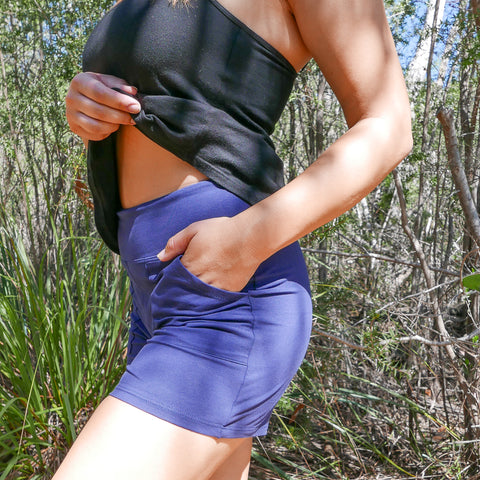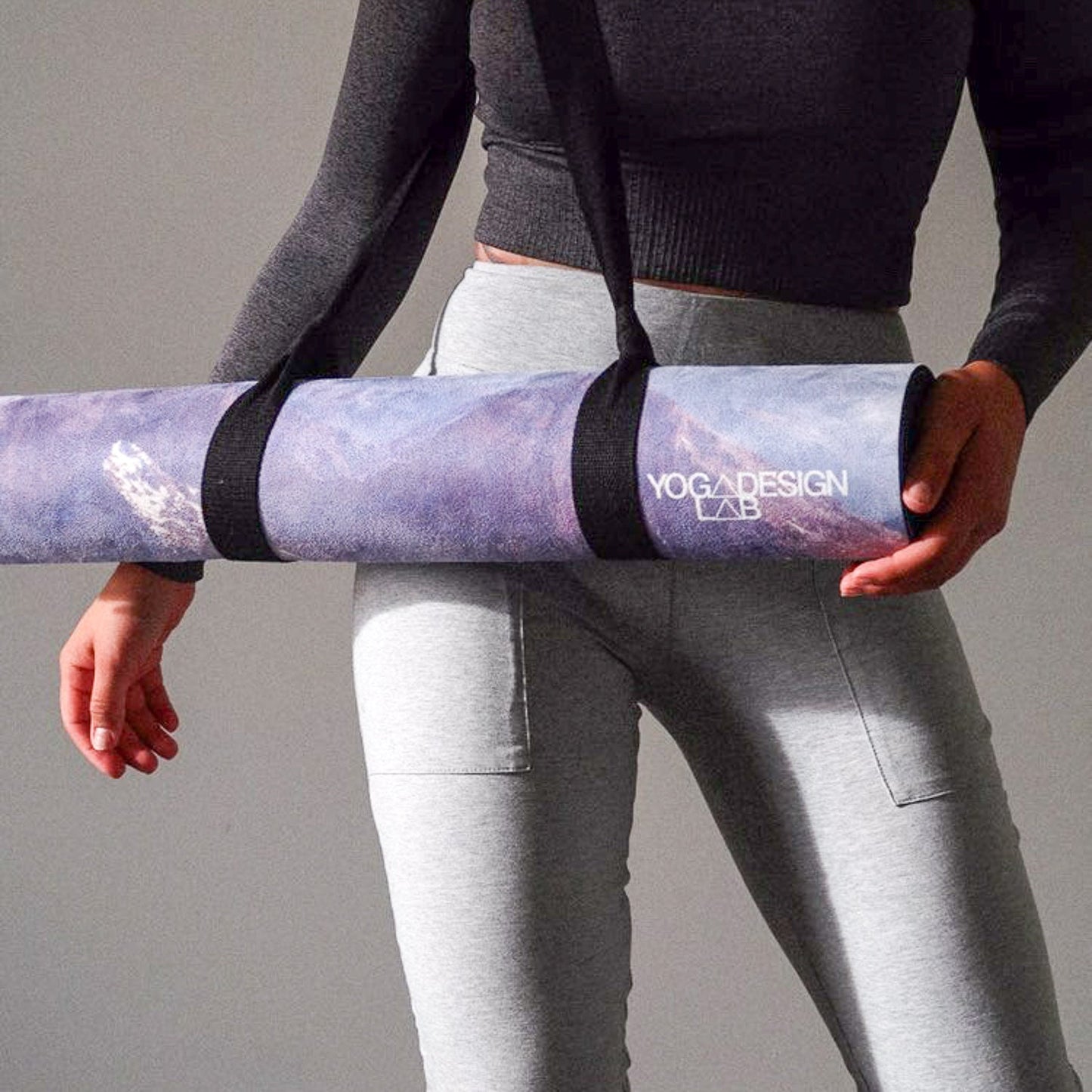In our fast-paced, fitness-conscious world, we often prioritise comfort, style, and performance when choosing workout gear. However, there's an important aspect of activewear that often goes unnoticed – the chemicals used in synthetic workout clothing. These chemicals can have a detrimental impact on our skin and, when discarded, on the environment. In this blog post, we'll delve into the hidden dangers of synthetic workout gear and why it's crucial to think twice before you buy.

The Chemical Conundrum: How Workout Gear Affects Your Skin
Picture yourself in your favorite gym, working up a sweat in those synthetic leggings and sports bras. While they keep my look sleek during your intense workout, they may also expose your skin to a range of chemicals, including phthalates, bisphenol A (BPA), and flame retardants, to name a few.
1. Phthalates: These chemicals are often used to soften plastics, including synthetic fabrics. They have been linked to skin irritation and can even disrupt the endocrine system when absorbed through the skin.
2. BPA (Bisphenol A): BPA is commonly found in plastic-based clothing, and it's notorious for its hormone-disrupting properties. Sweating in BPA-laden workout gear can lead to absorption through the skin, potentially causing health issues down the road. Think plastic water bottles that are now a bit NO NO!
3. Flame Retardants: To make workout clothing (not to mention pyjamas) flame-resistant, manufacturers may treat them with flame retardants. These chemicals can trigger skin allergies and have been associated with various health concerns.
When you work up a sweat in synthetic activewear, your pores open up, making it easier for these chemicals to be absorbed by your skin. Over time, this exposure can lead to skin irritations, allergies, and potentially more severe health problems.
1. Phthalates: These chemicals are often used to soften plastics, including synthetic fabrics. They have been linked to skin irritation and can even disrupt the endocrine system when absorbed through the skin.
2. BPA (Bisphenol A): BPA is commonly found in plastic-based clothing, and it's notorious for its hormone-disrupting properties. Sweating in BPA-laden workout gear can lead to absorption through the skin, potentially causing health issues down the road. Think plastic water bottles that are now a bit NO NO!
3. Flame Retardants: To make workout clothing (not to mention pyjamas) flame-resistant, manufacturers may treat them with flame retardants. These chemicals can trigger skin allergies and have been associated with various health concerns.
When you work up a sweat in synthetic activewear, your pores open up, making it easier for these chemicals to be absorbed by your skin. Over time, this exposure can lead to skin irritations, allergies, and potentially more severe health problems.
The Environmental Impact - Microfibers and Beyond
It's not just our skin that's at risk when we wear synthetic workout gear. The environmental consequences are equally concerning, starting with the microfiber dilemma.
1. Microfibers: Synthetic fabrics, such as polyester and nylon, shed tiny plastic fibers called microfibers when washed. These microfibers are too small to be captured by wastewater treatment plants, so they end up in our waterways. Fish and other aquatic life can ingest these microfibers, leading to a harmful chain reaction in the ecosystem.
2. Chemical-Laden Recycling: Many synthetic fabrics are made from recycled plastic bottles, which sounds eco-friendly in theory. However, the recycling process often involves harsh chemicals that can leach into the environment, further contributing to pollution.
3. Landfill Woes: As we discard old workout gear, it often ends up in landfills. Synthetic fabrics can take hundreds of years to decompose, releasing toxins into the soil in the process.
1. Microfibers: Synthetic fabrics, such as polyester and nylon, shed tiny plastic fibers called microfibers when washed. These microfibers are too small to be captured by wastewater treatment plants, so they end up in our waterways. Fish and other aquatic life can ingest these microfibers, leading to a harmful chain reaction in the ecosystem.
2. Chemical-Laden Recycling: Many synthetic fabrics are made from recycled plastic bottles, which sounds eco-friendly in theory. However, the recycling process often involves harsh chemicals that can leach into the environment, further contributing to pollution.
3. Landfill Woes: As we discard old workout gear, it often ends up in landfills. Synthetic fabrics can take hundreds of years to decompose, releasing toxins into the soil in the process.
Choosing Wisely - Think Twice Before You Buy
As consumers, we have the power to make informed choices that protect both our well-being and the environment. Here are some tips to help you choose wisely when it comes to workout gear:
1. Opt for Natural Fibers: Look for activewear made from natural fibers like organic cotton, bamboo, or hemp. These materials are less likely to contain harmful chemicals. Go one step further and opt for organic fibres.
2. Prioritise Sustainable Brands: Support brands that prioritise sustainability and use eco-friendly production methods. And aim towards ethical manufacturing too!
3. Reduce Microfiber Release: If you do choose synthetics, please use a microfiber filter when washing synthetic clothing to capture microfibers and prevent them from entering our waterways.
4. Responsible Disposal: When you're ready to part with your old workout gear, consider donating or recycling it through programs that can repurpose the materials.
By choosing workout gear thoughtfully and advocating for sustainable practices in the clothing industry, we can protect both our skin and the environment. Let's take a step toward a healthier, greener future by making informed choices and encouraging others to do the same. Remember, it's not just about looking good, it's about feeling good about our choices too.
#ChooseWisely #ThinkTwiceBeforeYouBuy.




